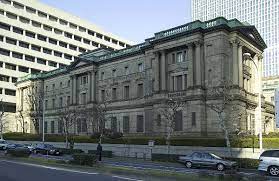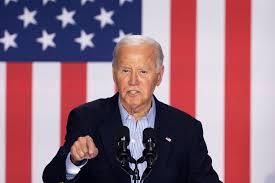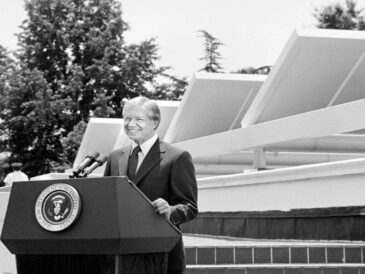Tokyo, Oct. 31, 2024 – Japan’s factory output picked up more than expected in September as car output recovered as the economy continued its sputtering recovery with policymakers watching developments with concern.
Industrial production gained 1.4% from August, led by cars and chemical product makers, the Industry Ministry reported on Thursday. That beat a consensus estimate for a 0.8% increase, but output was still down 2.8% from a year ago.
For the third quarter, production slipped 0.4% from the previous period, potentially weighing on last quarter’s growth. The ministry also reported retail sales fell 2.3% in September from August, leaving them up only 0.5% from a year ago.
While the September figures were a little stronger than forecast, production last quarter was weak, and uncertainty over domestic and overseas demand clouds the outlook. Prime Minister Shigeru Ishiba has pledged to put together an economic stimulus package bigger than last year’s to help households deal with inflation and spur growth.
The Bank of Japan, which wraps up a meeting later Thursday, will also scrutinize the figures as it tries to assess if the economy is strong enough to withstand another interest rate hike in the coming months. The BOJ is widely expected to hold rates at its latest meeting.
“Production was positive partly thanks to the recovery of the automotive sector,” said Yuichi Kodama, economist at Meiji Yasuda Research Institute. “But it’s also true that overall, figures have been lackluster in recent months. This has a lot to do with the uncertainties in overseas economies, especially in China.”
Factory output in Japan picked up in September partly because the auto sector continued to recover from the impact of regulatory standards involving falsified vehicle safety certifications. Still, falling external demand feeds into uncertainties over the likely strength of production going forward.
While factory output is forecast to rise 8.3% in October, it is then seen falling 3.7% in November, and the ministry’s projections tend to be optimistic.
Japan’s production remains vulnerable to uncertainties in key overseas markets. The US is about to pick its new president on Nov. 5. If Donald Trump returns to the White House, his stated goal of imposing 10% tariffs on goods from every country is likely to weigh on Japan as well.
China is also trying to boost domestic demand and meet its growth target with massive economic stimulus. The two nations are Japan’s biggest trading partners.
Meanwhile, ongoing inflation continues to keep consumption subdued. Even with retail sales inflated by higher prices, the output in September were disappointing. Consumption remains fragile as real wages fell again in August after rising for only two months.
The BOJ is also set to upgrade its forecasts on inflation and growth Thursday. The central bank has maintained its stance that it will keep raising the rate and cut back the degree of monetary easing if inflation develops in line with its view. (Bloomberg)





